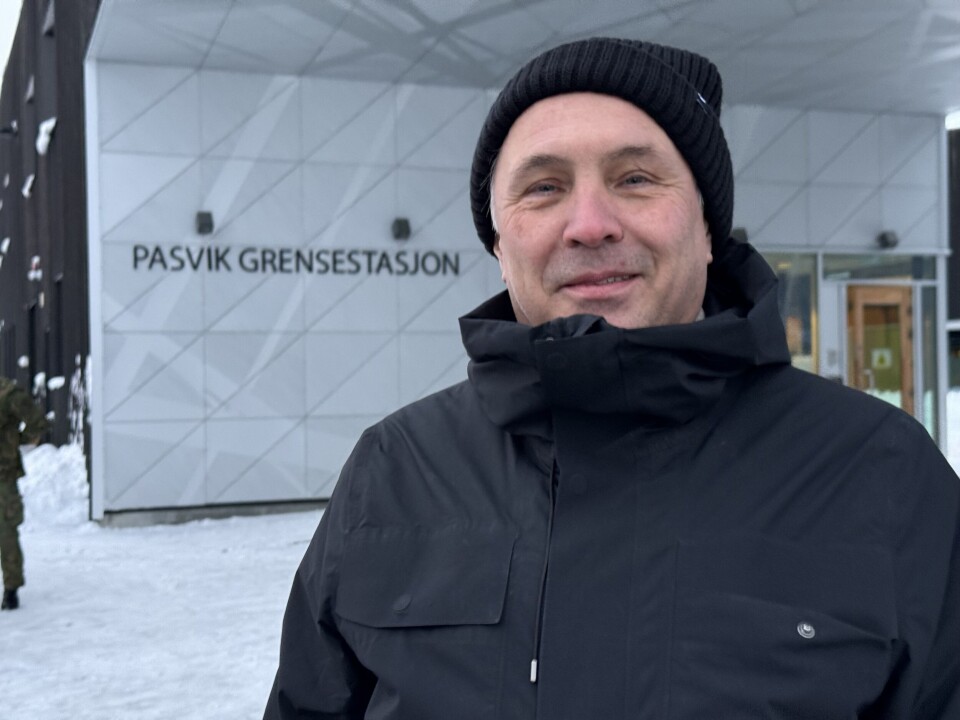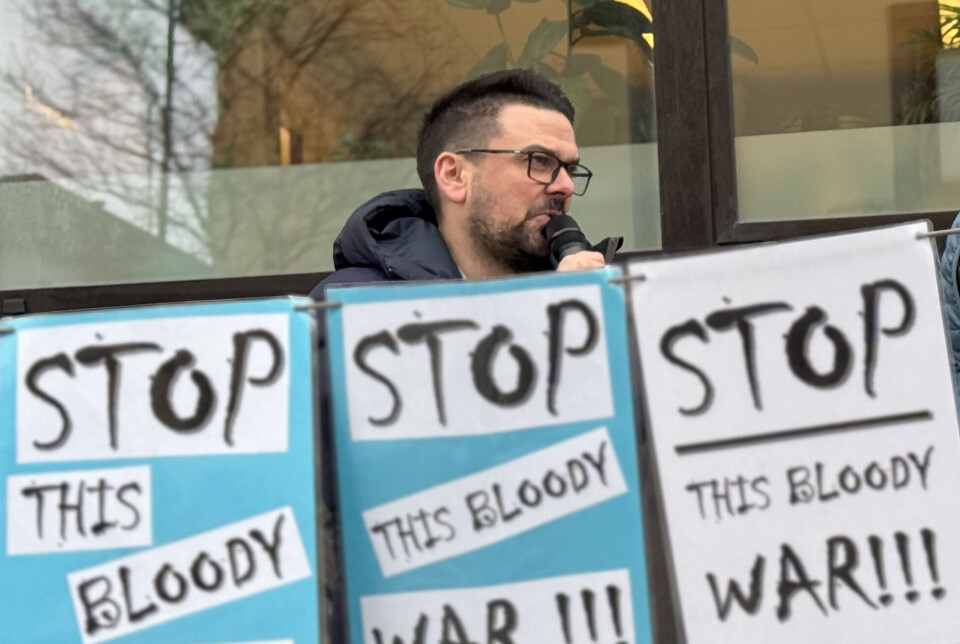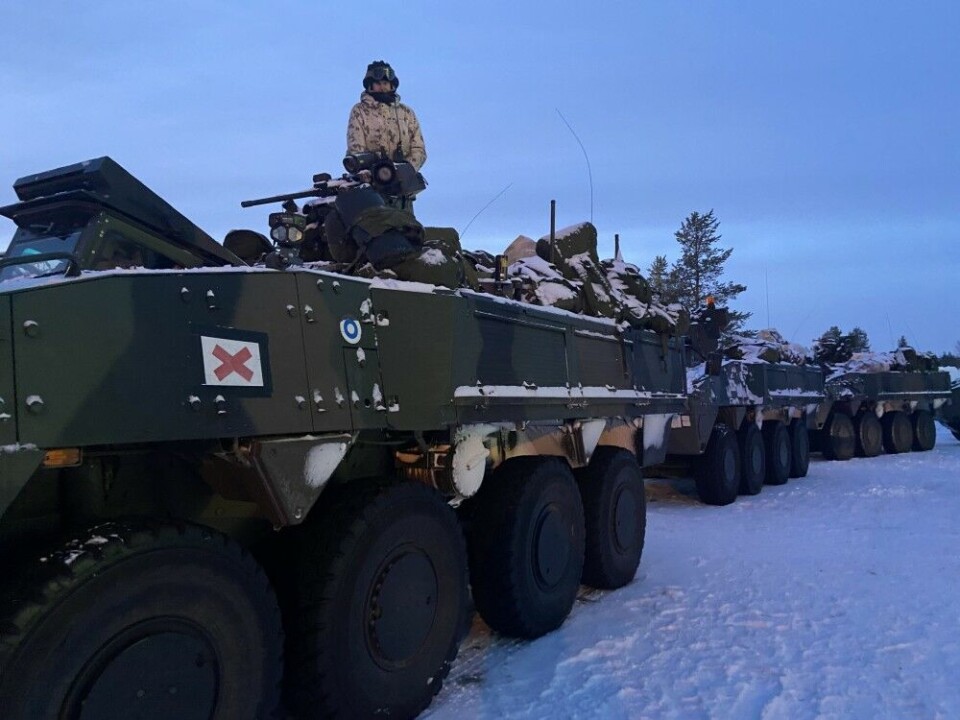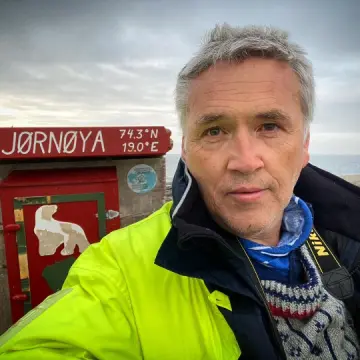
Norway eases self-imposed restrictions on NATO training
As Nordic top military commanders teamed up along Norway's border with Russia, the Government in Oslo announced adjustments to allied training in Finnmark region.
"The adjustments facilitate increased training and cooperation with allied countries, including cross-border training with Sweden and Finland," the Government says in a press-release on Thursday.
Marking the strength, four top Nordic military commanders met in Kirkenes on Thursday. To the public, they talked at the Kirkenes conference about NATO's new mobility in the North. Then they went to see how Norway's military border guards are enforcing sovereignty along its border with the heavy militarised Kola Peninsula.
It was earlier in May that the Barents Observer could tell that changes to the self-imposted restriction Norway has had since 1949 is about to be changed. The security and defense restrictions in Finnmark region have a historical precedent: Not to provoke a Moscow that has its main naval nuclear assets based along the coast of the neighbouring Kola Peninsula.
With Russia's war on Ukraine in 2014 and the full-scale invasion in 2022, everything changed.Norway became more on alert, and neighbouring Sweden and Finland joined NATO.
“The amendment of the guidelines represents a natural development following the accession of Sweden and Finland to NATO. It enables strengthened cooperation through increased training and exercises with allied forces in the north, across the borders of Sweden and Finland” says Minister of Defence Tore O. Sandvik.

The minister makes clear that Norway maintains a consistent security policy.
"We remain a predictable and responsible neighbour, committed to preserving stability and low tension in the High North," Sandvik says.
He adds: "Sweden’s and Finland’s accession to NATO have altered the Alliance’s territory. Norway has a long history of allied military activity on its territory. This has been a central part of Norwegian security and defence policy for decades."
Mayor of Sør-Varanger, Magnus Mæland, welcomes the changes:
"All of Norway must be defended, and then all of Norway must be open to training,” he says. Sør-Varanger, the municipality bordering Russia to the east, has itself ended all cross-border contacts with Russia.
Mæland now looks to Finland for cooperation.
"The self-imposed restrictions are pointless and meaningless when our NATO ally Finland trains close to the border. I expect the restrictions to be gradually lifted."

Although the Government doesn't detail which specific changes are made, the Barents Observer has the understanding that adjustments will come to airspace overflights in east-Finnmark, port-calls for allied navy ships and movements of Finnish and Swedish forces between training grounds at Porsangermoen Army camp near Lakselv and Finnish Lapland.
While the Nordic commanders met in the border region to the Barents Sea, NATO's Secretary General Mark Rutte on Thursday made a visit to Ramsund Naval Station and Evenes Military Air Station in Troms on the coast to the Norwegian Sea.
This is Rutte's first visit to Norway after being appointed head of NATO.
"Secretary General Rutte will be able to gain insight into how Norwegian and Allied forces work together. We will also be holding meetings to discuss the security situation in the north. It is important to highlight the strategic importance of the High North," says Prime Minister Jonas Gahr Støre.
He added: "We consider it essential that NATO has a visible, strong presence in the north of our country. This enhances Norway’s overall defence."
Earlier this week, Støre's Government announced that NATO's new Combined Air Operations Centre (CAOC) for the North will be located to Bodø, northern Norway.

















